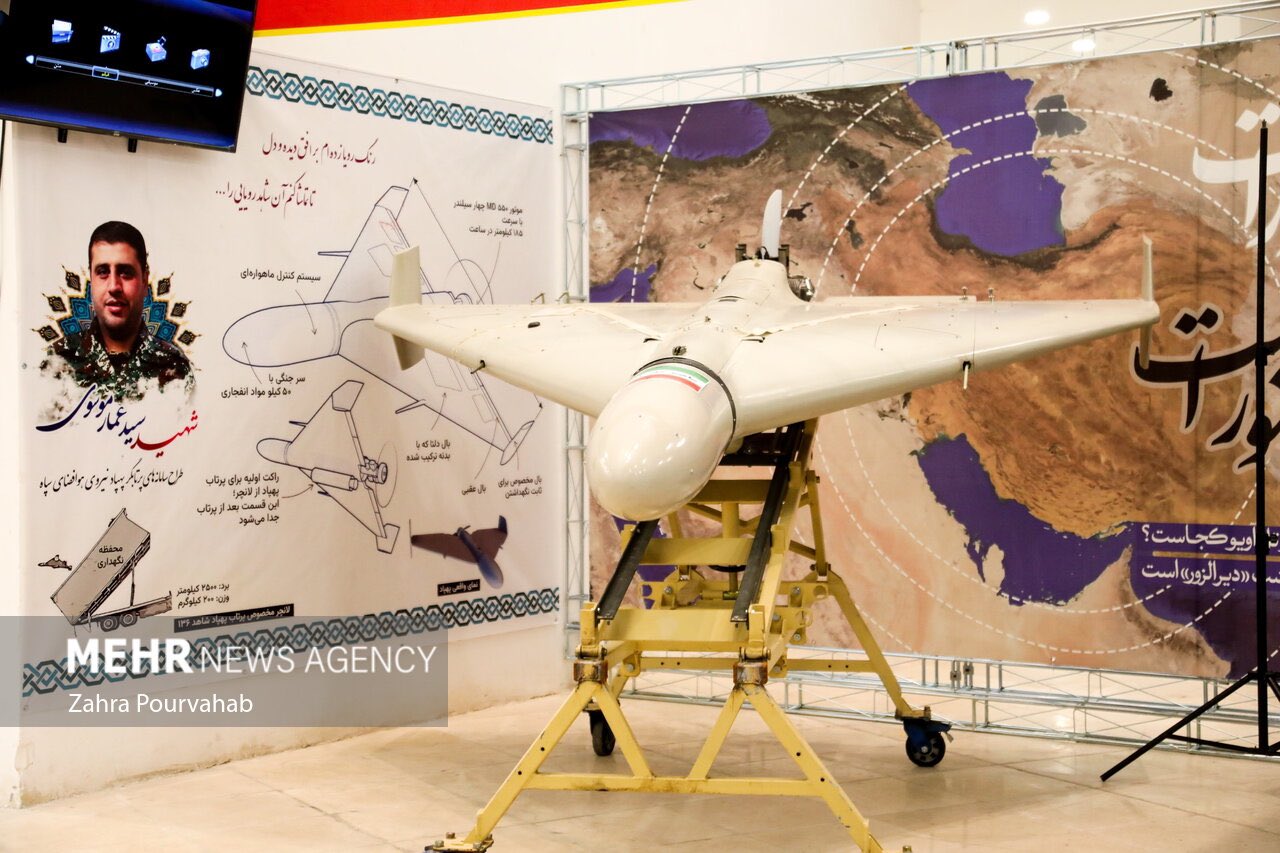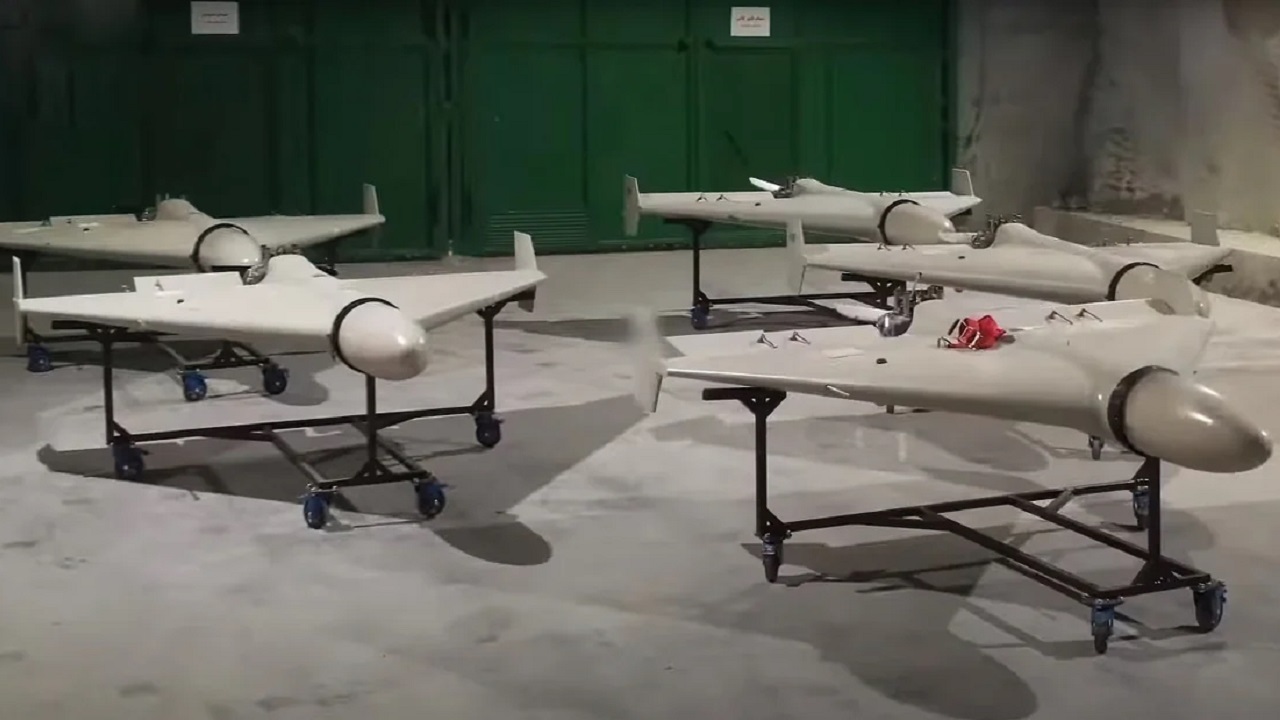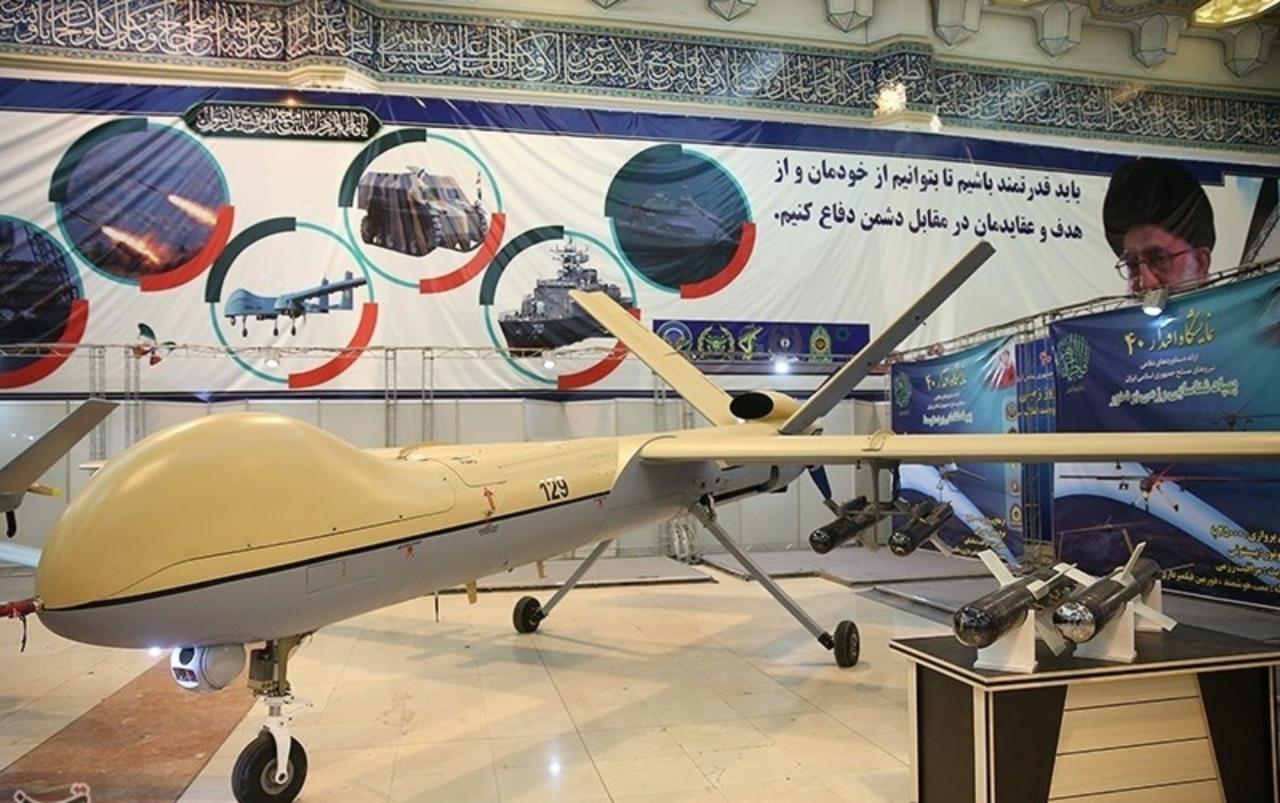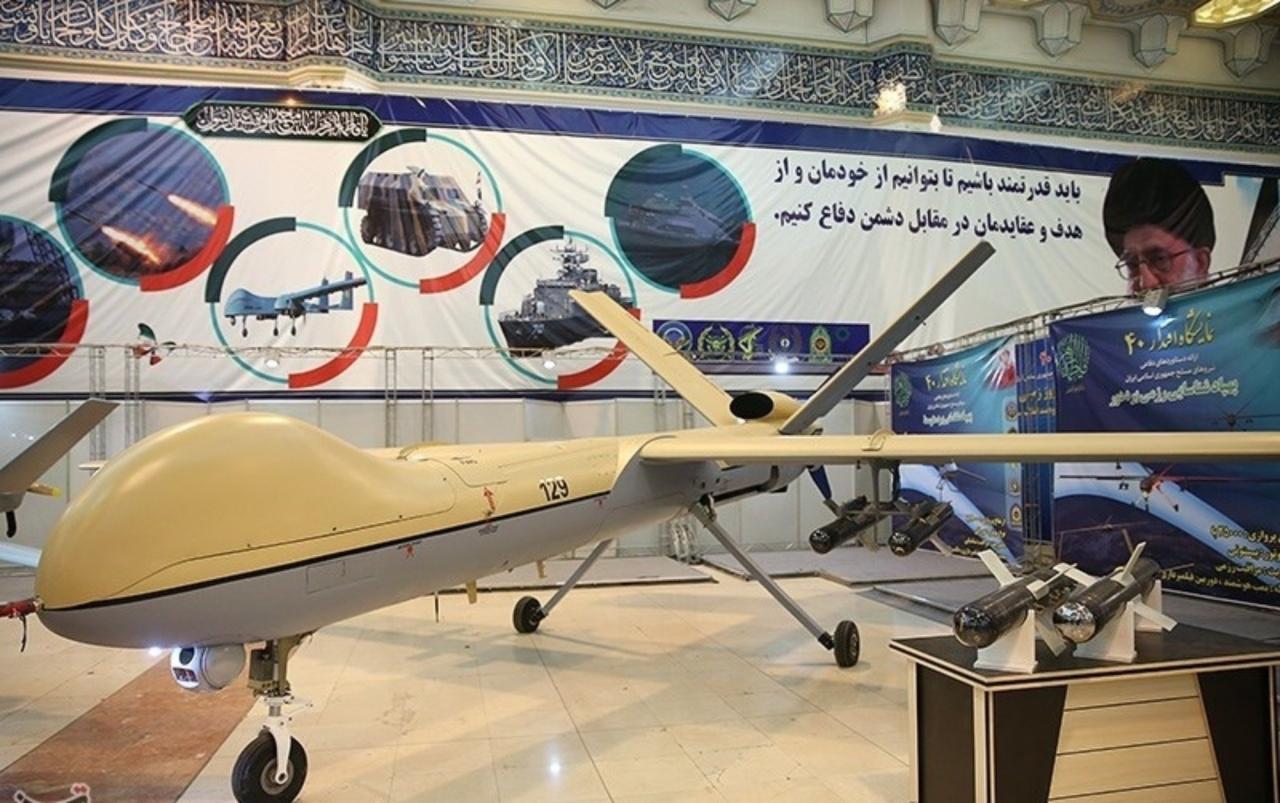Shahed drones have emerged as a significant force in modern conflict, prompting intense scrutiny of their capabilities, implications, and countermeasures. This analysis delves into the design, operational aspects, military applications, ethical considerations, and future trajectory of this increasingly prevalent unmanned aerial vehicle (UAV).
The Shahed drone’s relatively low cost and ease of production have made it a significant factor in recent conflicts. Understanding its operational limitations, however, requires considering environmental factors; for instance, assessing real-time weather conditions like those shown on the coquihalla weather camera could significantly impact mission planning for similar UAVs. Such weather data is crucial for predicting Shahed drone effectiveness and potential vulnerabilities.
From their relatively simple design and low production cost to their devastating impact on battlefields, Shahed drones represent a paradigm shift in asymmetric warfare. Understanding their strengths and weaknesses is crucial for developing effective countermeasures and mitigating the humanitarian consequences of their deployment.
Shahed Drone: A Comprehensive Overview

The Shahed drone, a relatively low-cost, single-use unmanned aerial vehicle (UAV), has gained significant attention for its widespread deployment in various conflicts. This analysis delves into its design, operational capabilities, manufacturing process, military applications, countermeasures, ethical implications, and future potential.
The Shahed drone, a relatively inexpensive and readily available UAV, has raised significant concerns globally. Its proliferation highlights the need for robust drone regulations, such as obtaining the proper authorization, which is easily done by checking out the requirements for a transport canada drone license. Understanding these regulations is crucial, especially considering the potential misuse of similar technology like the Shahed drone.
Shahed Drone Design and Specifications
The Shahed drone is characterized by its relatively simple design and construction, contributing to its low production cost. It features a compact, airframe primarily constructed from composite materials for lightweight yet durable performance. Precise dimensions vary slightly depending on the specific model variant, but generally, it’s described as a relatively small UAV. Its propulsion system typically involves a small, low-power internal combustion engine driving a propeller, providing sufficient thrust for its operational range.
Payload capacity is limited, typically carrying a small warhead or explosive charge. Some variants may also be equipped with other payloads, including simple cameras for reconnaissance purposes. The exact weight and dimensions are not publicly available, but estimates suggest a weight ranging from several kilograms to a maximum of approximately 20 kg, depending on payload. The materials used are generally lightweight composites to maximize range and minimize cost.
| Specification | Shahed-136 | Other UAV (Example 1) | Other UAV (Example 2) |
|---|---|---|---|
| Wingspan (approx.) | 2.5 m | 3.5 m | 2.0 m |
| Length (approx.) | 3.5 m | 4.0 m | 3.0 m |
| Weight (approx.) | 20 kg | 30 kg | 15 kg |
| Payload Capacity (approx.) | 40 kg | 50 kg | 30 kg |
Operational Capabilities of the Shahed Drone

The Shahed drone’s operational capabilities are defined by its relatively limited flight range and endurance. It employs a relatively simple inertial navigation system, possibly augmented by GPS for longer-range missions. Communication is typically achieved via a dedicated data link, enabling real-time control and data transmission. The drone generally operates in a pre-programmed flight mode, with limited autonomous capabilities.
The flight profile usually involves a loitering phase before a final attack run.
Manufacturing and Production of Shahed Drones
The manufacturing process is believed to be relatively straightforward, focusing on cost-effectiveness and scalability. Key components, including the engine and electronics, may be sourced from various international suppliers. The assembly process likely involves a combination of manual and automated techniques, enabling mass production at a relatively low cost.
- Component sourcing and quality control
- Airframe assembly and integration
- Propulsion system installation and testing
- Electronics integration and software loading
- Final assembly and pre-flight checks
- Quality assurance and packaging
Estimates for the production cost per unit vary significantly depending on the source and assumptions, but generally are considered to be substantially lower than more sophisticated UAVs.
Military Applications and Tactical Use
The Shahed drone has been deployed extensively in various conflicts, primarily for its effectiveness in conducting attacks against infrastructure and military targets. Its low cost allows for saturation attacks, overwhelming air defenses. However, its limited precision and susceptibility to countermeasures are significant drawbacks.
The strategic implications of widespread Shahed drone usage are considerable, demonstrating the potential for asymmetric warfare capabilities and altering the balance of power in certain conflicts. Comparison with other military UAVs reveals that the Shahed drone prioritizes affordability and volume over precision and sophisticated capabilities.
Countermeasures and Defense Strategies
Several countermeasures have proven effective against Shahed drones. These include electronic warfare systems that disrupt communication and navigation, as well as physical interception using anti-aircraft weapons and directed energy weapons. A robust defense strategy necessitates a multi-layered approach combining electronic jamming, missile defenses, and potentially even the deployment of counter-UAV drones.
- Jamming GPS and communication signals
- Deploying anti-aircraft artillery and missiles
- Utilizing directed energy weapons
- Employing counter-UAV drones
The Shahed drone’s relatively simple design and construction contribute to specific vulnerabilities, making it susceptible to various countermeasures.
Ethical and Legal Implications, Shahed drone
The use of Shahed drones raises significant ethical concerns, particularly regarding civilian casualties and collateral damage due to their limited precision. International humanitarian law governs the use of UAVs in warfare, emphasizing the principles of distinction, proportionality, and precaution. The low cost and ease of use of Shahed drones increase the risk of misuse and accidental harm to civilians.
A hypothetical scenario involving a Shahed drone strike on a densely populated area highlights the ethical dilemma between military objectives and the potential for unacceptable civilian casualties. The legal frameworks are constantly evolving to address the challenges posed by this new generation of weapons.
Technological Advancements and Future Developments

Future improvements to the Shahed drone may include enhanced navigation systems, improved payload capabilities, and more robust countermeasure resistance. The integration of AI and autonomous flight capabilities could significantly enhance its operational effectiveness. However, these advancements might also raise further ethical and legal concerns.
| Technological Advancement | Anticipated Impact | Timeline (Years) |
|---|---|---|
| Improved Navigation Systems (e.g., AI-assisted navigation) | Increased accuracy and reduced reliance on GPS | 1-3 |
| Enhanced Payload Capabilities | Greater destructive potential or improved reconnaissance capabilities | 2-5 |
| Countermeasure Resistance Improvements | Increased survivability against counter-UAV systems | 3-7 |
The Shahed drone, while a relatively inexpensive and readily deployable weapon system, presents complex challenges on multiple fronts. Its effectiveness highlights the need for innovative counter-drone technologies and a robust international legal framework to govern the use of such weapons. The ongoing evolution of this technology demands continuous adaptation and vigilance from both military and civilian perspectives.
Query Resolution
How much does a Shahed drone cost to produce?
Estimates vary, but reports suggest the production cost is relatively low, contributing to their widespread use.
What type of explosives do Shahed drones typically carry?
They typically carry high-explosive warheads, though the exact type and amount can vary.
Are Shahed drones easily detectable?
Their detection depends on various factors including radar systems, electronic warfare capabilities, and environmental conditions. They are not always easily detected.
What is the lifespan of a Shahed drone?
The operational lifespan is limited by factors such as flight hours, component wear, and mission requirements.
